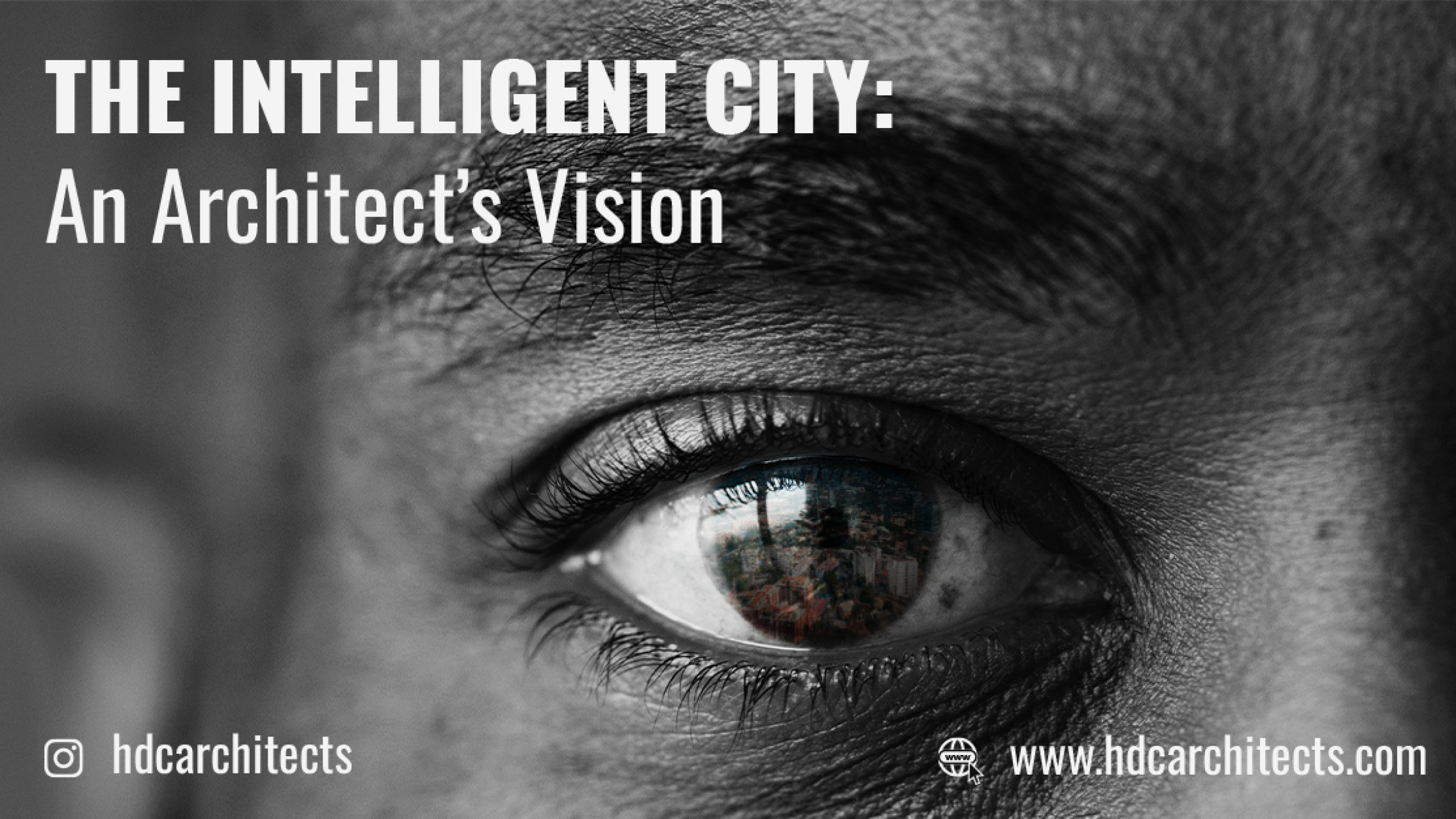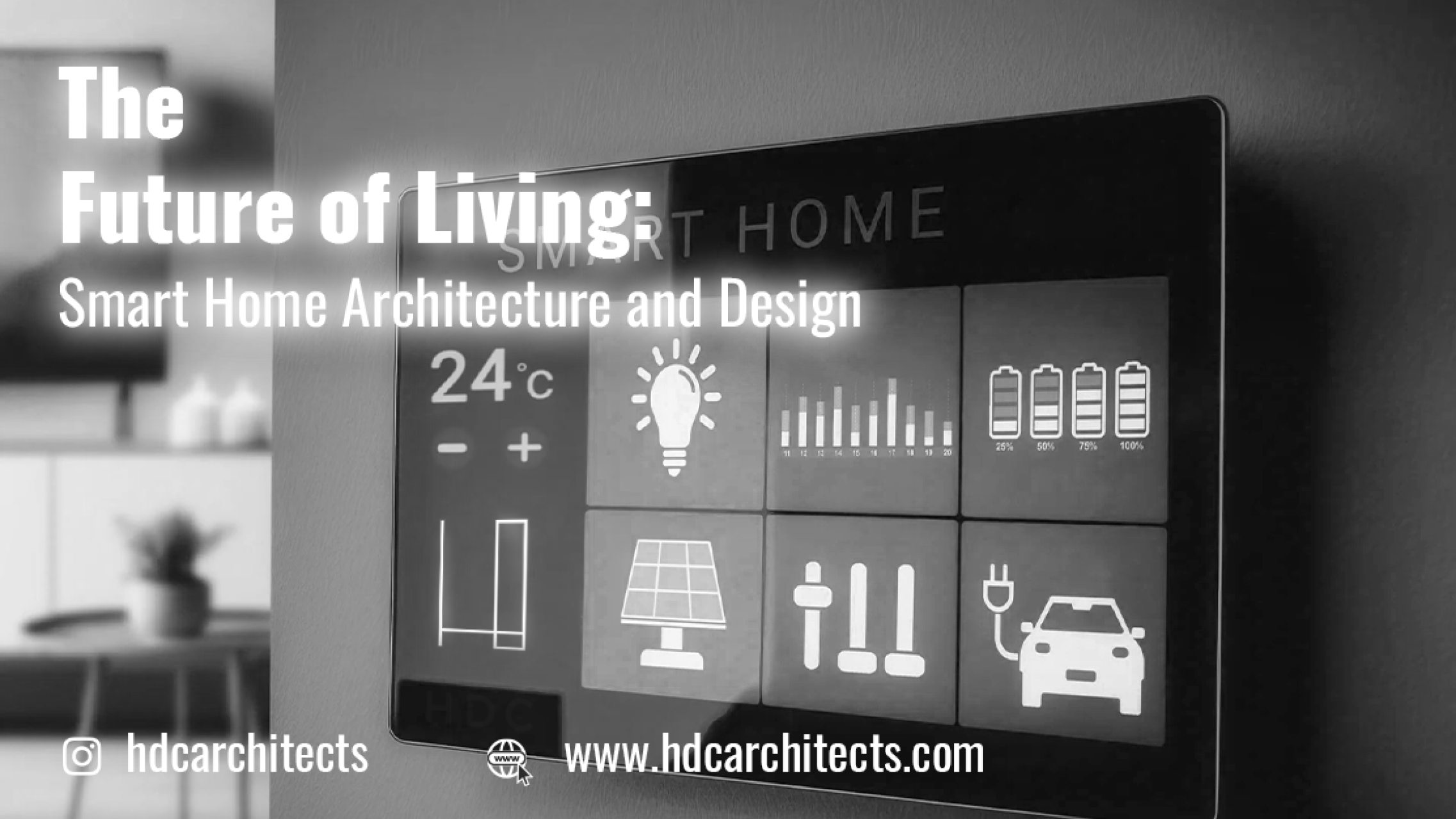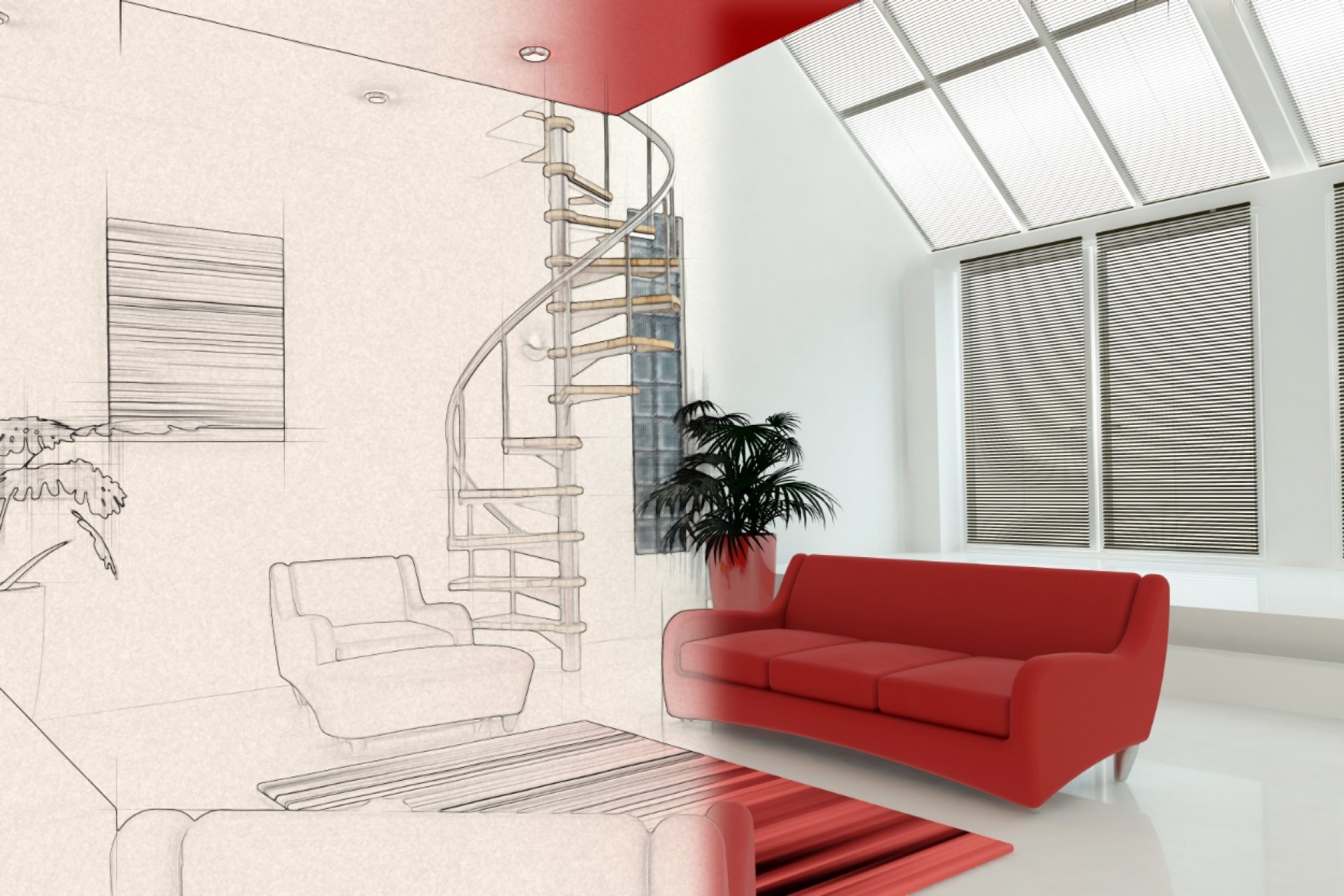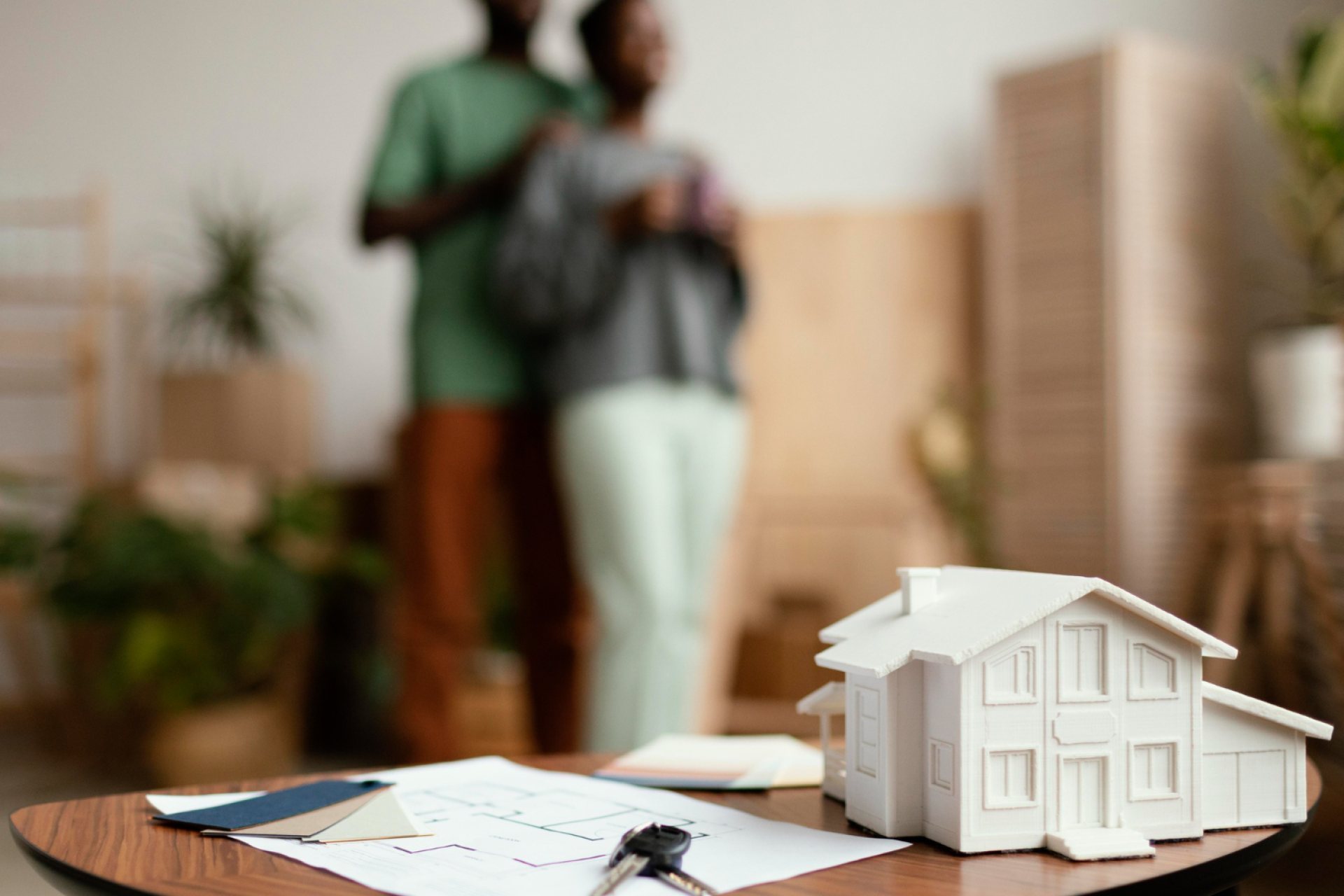
The Intelligent City: An Architect’s Vision
Imagine a city where every building is not just a structure, but a living, breathing part of the urban ecosystem. A city where architecture is not just about aesthetics, but about functionality, sustainability, and adaptability.
This is the Intelligent City a place where design meets innovation to create spaces that enhance our lives and protect our planet. Let’s dive deeper into the architectural aspects of this visionary city and explore how we can bring it to life.
The Foundations of Intelligent Architecture
At the heart of the Intelligent City is its architecture. Buildings are no longer static entities; they are dynamic systems that interact with their environment and their inhabitants. Here’s how we approach designing such a city:
1. Sustainable Design:
Sustainability is the cornerstone of intelligent architecture. We start by selecting materials that are eco-friendly, durable, and recyclable. Think of bamboo, reclaimed wood, and recycled steel. These materials not only reduce the carbon footprint but also add a unique aesthetic to the cityscape.
A skyscraper with a façade made of algae panels absorbs carbon dioxide from the air and produces biomass that can be used as biofuel. The building literally cleans the air as it stands.
2. Energy Efficiency:
Intelligent buildings are designed to generate their own energy. Solar panels, wind turbines, and geothermal systems are integrated into the design. Rooftops are covered with solar tiles, and wind turbines are embedded into the structure of high-rise buildings.
A residential complex where every apartment has its own solar panel system stores excess energy in community batteries and shares it among residents, creating a self-sustaining energy network.
3. Smart Technology:
Buildings in the Intelligent City are equipped with smart technology that enhances functionality and efficiency. Sensors monitor temperature, humidity, and air quality, adjusting the environment in real-time. Smart windows tint automatically to reduce heat gain, and lighting systems adjust based on natural light levels.
A building that recognizes you as you enter adjusts the lights in your office to your preferred brightness and sets the temperature just the way you like it. This is the power of smart technology in architecture.
The Design Process: From Concept to Reality
Designing an Intelligent City is a meticulous process that involves collaboration, innovation, and a deep understanding of human needs. Here’s how we bring the vision to life:
- Conceptualization:
Every project begins with a concept. We start by understanding the needs of the community what kind of spaces do they need? How can we enhance their quality of life? We then create a master plan that integrates residential, commercial, and public spaces.
A city where every neighborhood has its own identity. One area might be a tech hub with sleek, modern buildings, while another is a cultural district with historic architecture and vibrant public spaces.
2. Modular Design:
Flexibility is key in the Intelligent City. We use modular design principles to create buildings that can be easily expanded or repurposed. Walls, floors, and even entire sections of buildings can be reconfigured to meet changing needs.
A school that can transform into a community center after hours. Walls slide open to create larger spaces, and classrooms become workshops or event halls. This adaptability ensures that buildings remain relevant and functional for years to come.
3.Green Spaces: Nature is an integral part of the Intelligent City. We design buildings with green roofs, vertical gardens, and indoor atriums that bring nature into the urban environment. These green spaces not only improve air quality but also provide a sense of tranquility and well-being.
A hospital with a rooftop garden where patients can relax and recover. The garden is filled with medicinal plants that are used in treatments, creating a healing environment that blends nature and medicine.
The Construction: Building with Purpose
Constructing an Intelligent City requires innovative construction techniques and a commitment to sustainability. Here’s how we do it:
1. Prefabrication:
Many components of the buildings are prefabricated off-site and then assembled on-site. This reduces construction waste and speeds up the building process.
A construction site where walls, floors, and even entire rooms are delivered ready to be assembled. This not only reduces construction time but also minimizes disruption to the surrounding area.
2.3D Printing:
We use 3D printing technology to create complex architectural elements with precision and efficiency. This allows us to experiment with new forms and designs that were previously impossible.
A bridge that is 3D printed using recycled materials. The design is intricate and beautiful, yet strong and durable. This is the future of construction.
3. Community Involvement:
Building an Intelligent City is a collaborative effort. We involve the community in the design and construction process, ensuring that the final product meets their needs and reflects their values.
A neighborhood where residents participate in the design of their homes. They choose the materials, the layout, and even the color scheme. This sense of ownership creates a stronger, more connected community.
The Impact: Transforming the Urban Landscape
The Intelligent City is more than just a collection of buildings; it’s a new way of living. Here’s how it transforms the urban landscape:
1. Environmental Benefits: By prioritizing sustainability and energy efficiency, the Intelligent City reduces its environmental impact. Buildings produce their own energy, waste is minimized, and green spaces improve air quality.
2. Economic Growth: The Intelligent City attracts businesses and talent, creating jobs and boosting the local economy. It becomes a hub for innovation and entrepreneurship.
3. Social Well-being:Intelligent architecture enhances quality of life. Green spaces, smart technology, and flexible design create a city that is not only functional but also enjoyable to live in.
- A Model for the Future:The Intelligent City sets a new standard for urban development. It shows that architecture can be both beautiful and sustainable, and that cities can be designed with people and the planet in mind.
Conclusion: The City of Tomorrow
The Intelligent City is a testament to the power of architecture to shape our world. It’s a place where design meets innovation, where buildings are not just structures but living systems that enhance our lives and protect our planet. As architects, we have the privilege and responsibility to bring this vision to life.
So, the next time you walk through your city, imagine what it could be. Imagine a place where every building tells a story of sustainability, where technology and nature coexist, and where architecture is a force for good. This is the Intelligent City. And it’s closer than you think.


